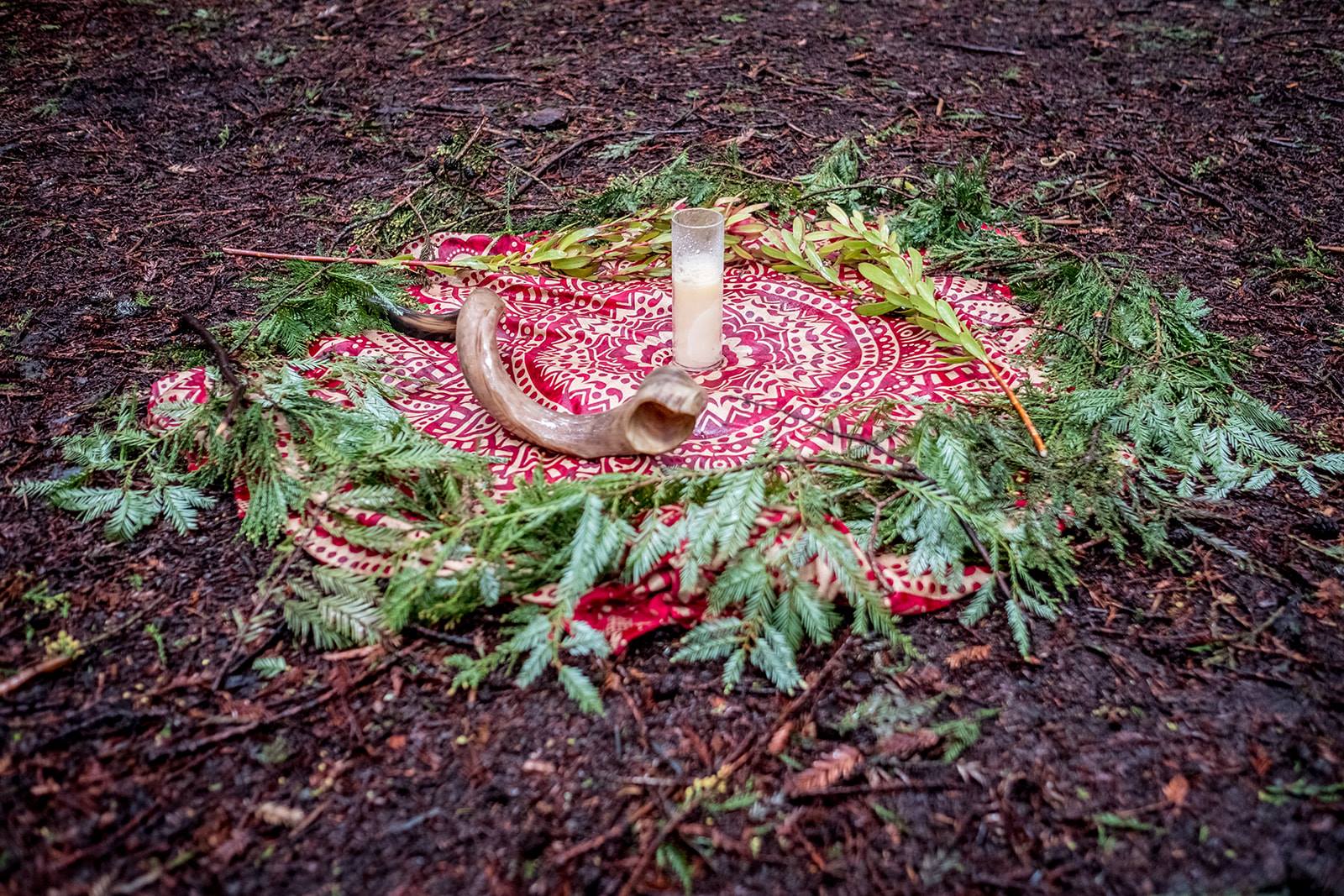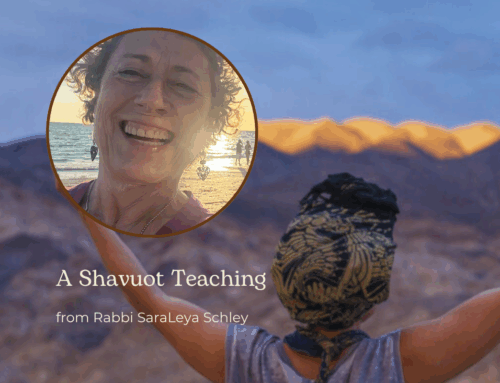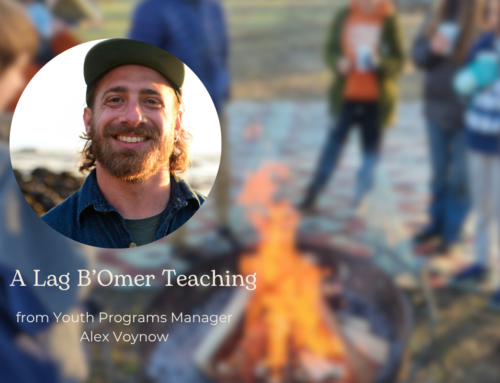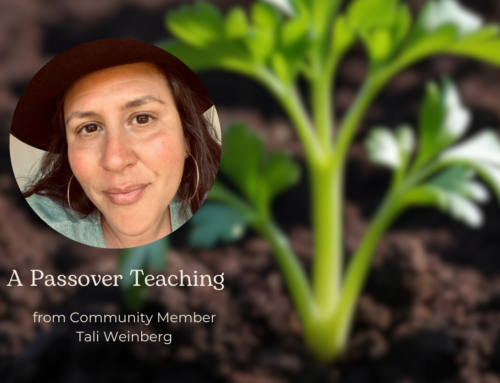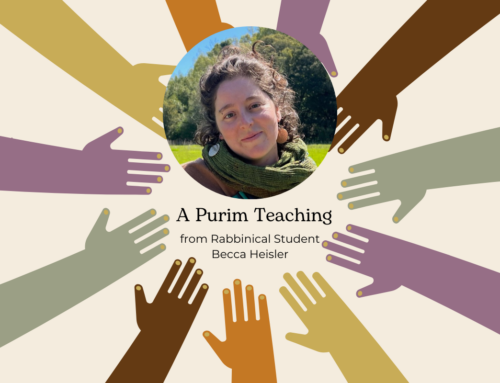A Teaching for Tu B’shvat 5779
Zelig Golden
Tu B’shvat coincides with parsha Be’shallah, the Torah portion that describes the parting of the Red Sea. In an amazing midrash (Exodus Rabbah 21:10) we are offered the dream that during the splitting of the sea, fruit trees blossomed in our passage to freedom, while birds perched upon the trees and sang songs of freedom to celebrate our liberation. In the minds of our sages, Tu B’shvat – one of the four Jewish new years (BT, Rosh Hoshana 2a) – is a powerful reminder of our liberation. And perhaps more importantly, that trees – this day’s honorees – are powerful teachers on our journey to freedom.
This time of year, when the sap begins to rise in the trees anew, the energetic gateway of renewal opens, and that which was incubating in the winter begins its journey toward blossoming in the spring. Like that magical hour between the darkness of night and sunrise when black slowly transitions to purple then orange, and when the perfectly-still, crisp pre-dawn air invites the breaking of the night-long silence with the first bird song, Tu B’shvat holds an important role in the Hebrew calendar. It marks the transition from the seen to the unseen, from the frozen to the flowing, from sleeping to awakening. Tu B’Shvat marks mysterious beginnings toward rebirth and growth.
Once a Talmudic tax-day to determine the fruit tree-tithing schedule on the 15th of the month of Shvat (in Hebrew Tu B’shvat),the Tzfat mystics of the 16th century evolved our understanding and celebration of budding trees. For them it was an important opportunity to honor the mystery of the four seasons with four cups of wine and the four elements with different types of fruits – but most importantly to honor our relationship to trees.
The Torah teaches, “a person is like a tree of the field.” (Deut. 20:19). We have roots, our ancestors, homes, and families. We have branches, our arms, our work in the world, our many relationships. We have fruits, our children, our impact on others, our legacy that we leave behind. At this time of year, as we honor the trees, perhaps we can also take stock of our own trees. As the Chasidic Rabbi Shlomo of Chortkov writes, “a person should learn how to pursue his spiritual life from the tree.” Quite literally, like Avram, who encounters his “teacher oak tree” (Alon Moreh, Gen. 12:6) immediately upon leaving his father’s home, we can receive profound understanding and guidance if we tune into the trees. We can receive “Etz,” advice, from “Etzim,’ Trees. More metaphorically, we can review our own lives with tree as our map.
At Tu B’shvat we celebrate the many branched pathways that climb toward the heavens and lead us to spirit, we marvel at the brilliant awakenings of the nascent beauty in first buds that we know will become flowers and eventually fruits, and we remember the roots that sink deep into the earth, ancestral pathways that draw from her depths to nourish, sustain, and stabilizes us during the toughest storms.

